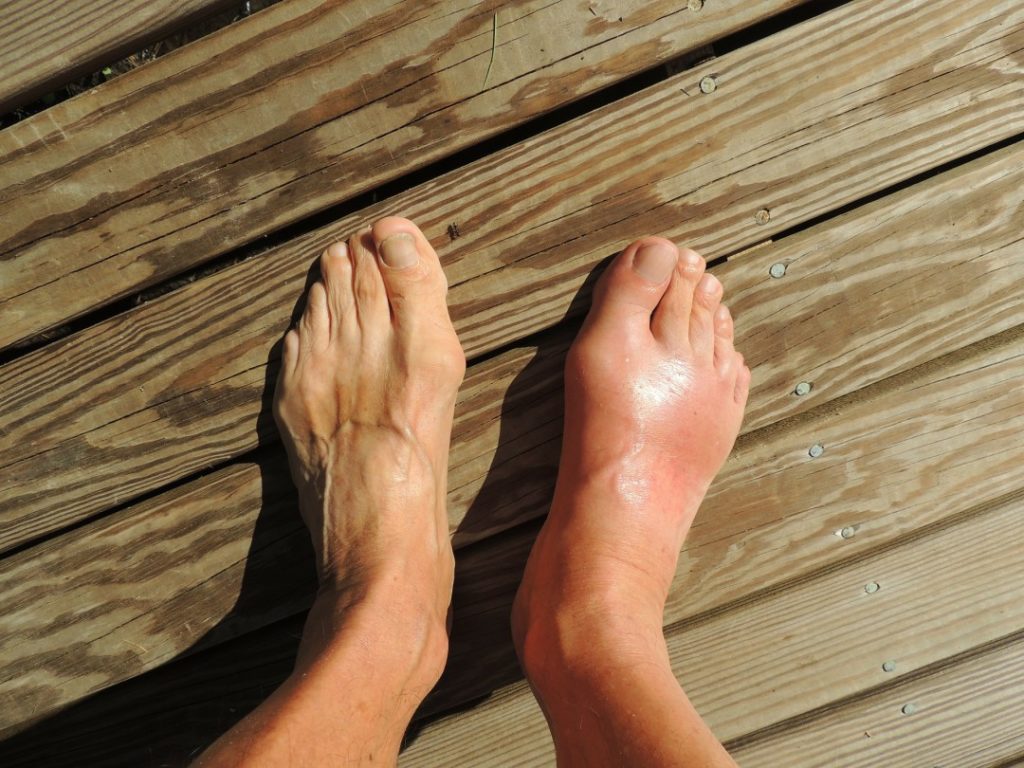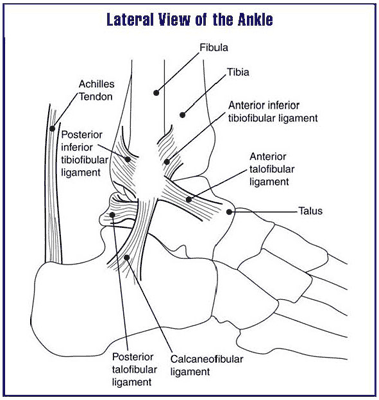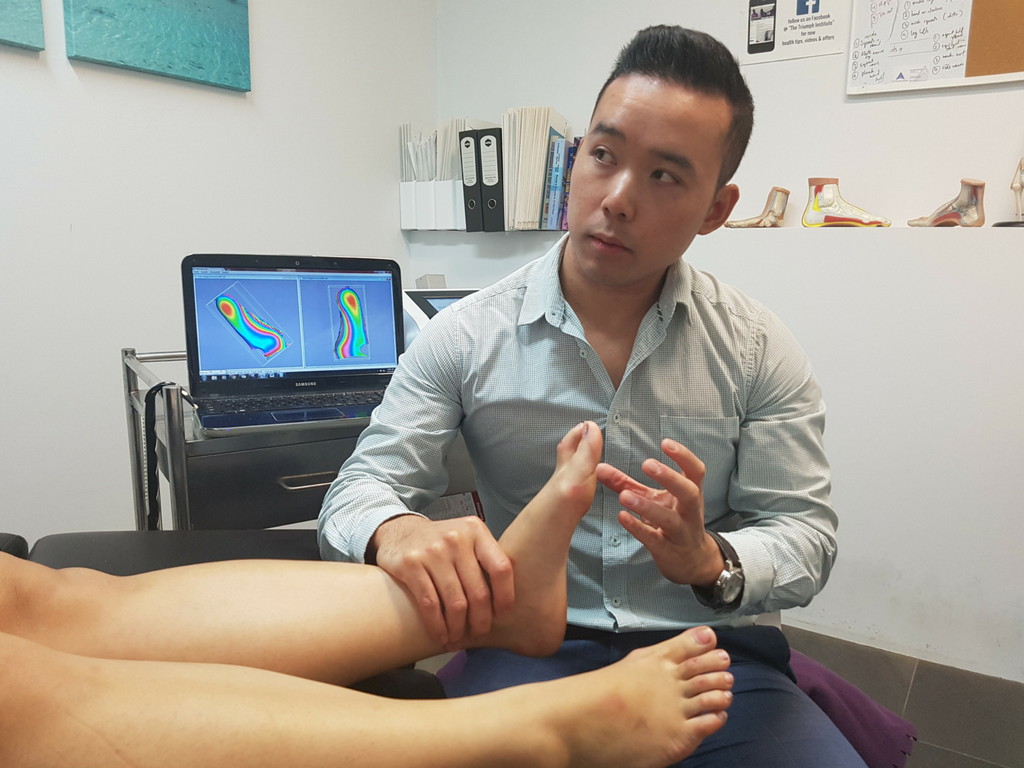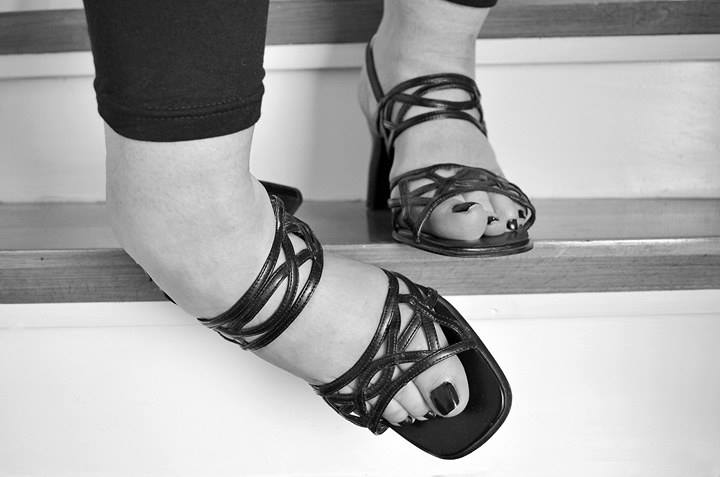WHAT TO DO WHEN YOU HAVE AN ANKLE SPRAIN?
Ankle sprains can occur to the best of us regardless of our race, gender, body shape or the shoes we’re wearing. They often surprise us while we’re chatting on the phone, talking to a friend or just listening to the birds chirping. But when they occur, they will shake you! It may happen and end within 5 seconds with you regaining your balance or it can last for more than that with more serious ramifications such as falling or twisting joints and spraining wrists! In this article, I’ll be discussing the most common type of ankle sprain, the one where your ankle rolls outwards, aka ‘inversion sprain’. The opposite version where the ankle rolls inwards aka ‘eversion sprain’ doesn’t happen often and usually occurs as a secondary injury, for example, an opposing rugby player fell onto my ankle pushing it inwards during a tackle. It happens. But this method to ease pain and inflammation can also be applied to both types of ankle sprains.

COMMON STORIES
The events are always the same. You step and next minute (or rather second) whether you realise or not, your ankle rolls outwards, stressing the outer side of your ankle, harming the three common ligaments of the outer ankle, ‘anterior talofibular’, ‘posterior talofibular and ‘calcaneofibular’

My Top Five Recounts of ankle sprains in the clinic:
- 28 year old runner:
- “I was out running at night and I twisted my ankle in a road pothole”
- 42 year old mother:
- “I stepped off the a high curb and twisted my ankle”
- 31 year old accountant:
- “I was walking to work in my new high heels when I must’ve stepped wrong”
- 16 year old footballer:
- “I nutmegged the player, I took the ball up towards goal and as I did, my ankle just buckled”
- 37 year old builder:
- “I was carrying a heavy pipe on the worksite when I stepped on an uneven surface..”
Heard of these?
WHAT TO DO
Utilising first aid principles, I have preached and practised the P.R.I.C.E. method for my clients my entire career. I honestly felt it was much more better to write up and film this method so that you the reader/viewer can apply this method yourself right after you sustained your sprain before seeing a Podiatrist. Check out the video below!
P ROTECT
Protect the inflamed area. This means that you must cease or limit any vigorous activity such as walking, running, jumping or exercising. You have just sustained an injury, you need to protect the injured area as to not aggravate the injury. Remember, this plan is to be used as soon as possible following sprain. Your podiatrist will be able to determine how long you need to be in this phase for.
R EST
Following on from ‘protection’, you must rest. This step is all about allowing the maximum time and effectiveness of your own body’s ability to heal itself. As with protection of the area, rest will also be determined by the podiatrist.
I CE
Ice is still one of the most effective ways to reduce inflammation. I love this tool and I highly recommend using it. However, if you suffer from any cold intolerance conditions such as Raynaud’s phenomenon and Fibromyalgia it is best not to use ice therapy.
For ankle injuries, I advise my clients to utilise ice therapy using a bucket filled with cold water (to above your ankle) with some ice cubes or ice packs. Dress warm and soak your ankle for 10-15 minutes every 2-3 hours, depending on how you can tolerate the cold temperatures. It is also important that you do some foot movements while in the bucket such as slowly flipping your foot up and down and slowly rotate your foot. Of course, if it causes great pain and discomfort, stop the movement. Movement maintains mobility and reduces the risk of scar tissue development.
Ice therapy can sometimes be used up to 2-3 weeks after injury as a means to assist with pain. Your podiatrist will determine that. Applying this method within 24 hours is suffice.
C OMPRESSION
Compression is a first aid tactic to help ease inflammation so that you don’t feel too sore or stiff when regaining movement. It can be done by purchasing a compression stocking, wrap or bandage from the local chemist. While you’re there you can also purchase an ankle brace that will help immobilise the joint so that you limit the movement of the joint that may interfere with the recovery process.
If you are unable to obtain a wrap or bandage then I would recommend simply using a good fitting sock (that hasn’t got a tight elastic band) after you’ve finished the ice therapy to somewhat keep your feet warm and to limit some inflammation.
E LEVATE
Congratulations, you’ve completed ice therapy and compression, now it’s time for you to protect, rest and ELEVATE! It’s basically a ‘chill-out’ zone. Sit back, relax and have your foot and leg elevated and supported by a few pillows. The purpose of this is to make a ‘run-off’ to reduce some of the swelling in the injured area. Maximise the elevation whenever you’re non-weight bearing with the best time being when you go to sleep. You can be creative with how you elevate, you can purchase a donut cushion which wraps around your ankle or simply lift your mattress up and slot some bricks or the phone book (if anyone has any) underneath. This would work well as most of us move quite a bit when sleeping and would kick any pillows we have elevating the ankle.
THE PODIATRIST

P.R.I.C.E. is done immediately after your injury and I highly recommend you to continue to do so for 48-72 hours before seeing a podiatrist. The best way to understand the whole process is for PRICE to setup the area for therapy and effective assessment. It is certainly best to contact your podiatrist as soon as possible to setup a consultation and inform them on your situation.
Most sports/musculoskeletal/occupational-focused podiatrists have specialised treatment and rehab programs that can be tailored made to suit your effective and efficient recovery so that you can return to your chosen activity ASAP!
If you have any queries please fill out the form below!
WALK SMARTER NOT HARDER!

Grant Duong, Podiatry
At the Triumph Institute located in the heart of Bankstown, Sydney we also practice podiatry. It’s a medical field that specialises in the prevention, diagnosis, treatment and rehabilitation of problems and issues that affect the lower limbs, from the lower back right down to our feet.


